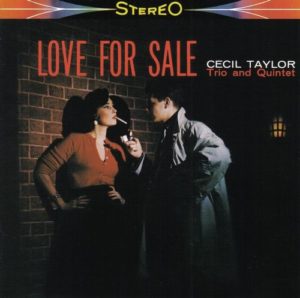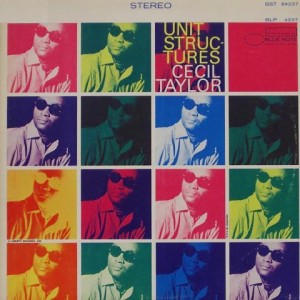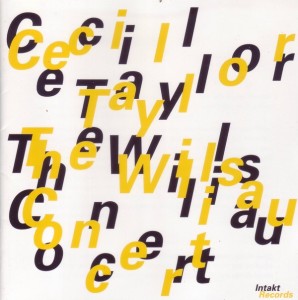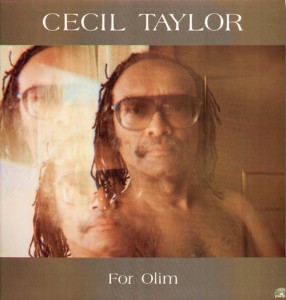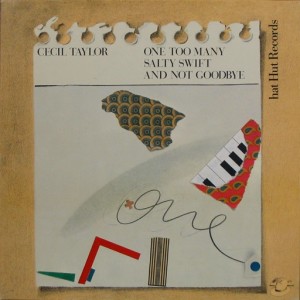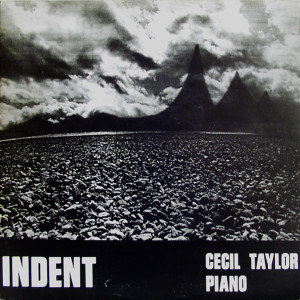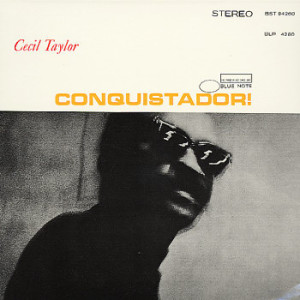The Cecil Taylor Quartet – Looking Ahead! Contemporary M 3562 (1959)
Early Cecil Taylor albums occupy an unusual space. Ignored upon release, fans who came in later after Taylor ramped up the density about four times over frequently find the early sessions beneath them. That sort of view tends to equate density with quality, or less structure with higher quality. While Taylor certain has great stuff that is dense and free, it is worth giving due to his excellent work on the early discs too. Here he plays like Thelonious Monk on steroids, with angular lines that toy with dissonance and have a highly percussive quality. His melodic and blues sensibilities get a more direct and open airing. A common critique of these early albums is that the sidemen are not with Taylor, or not willing to go as “far out” as him. Hogwash. This band is with Taylor all the way, who frankly isn’t playing “free jazz” here. But there is nothing wrong with that! Play this in a blindfold test and someone might think it is the great lost Thelonious Monk album. What is not to like about that? Frankly, it took Taylor a long while to fully develop and realize his unique style, and his best “free” albums were not to arrive for a few years — even then Taylor occasionally hid a lack of ideas behind a massive wall of dense chaos. But enjoy this one too for what it is: adventurous hard bop that goes to the limits of what still has reference points in that tradition. And Earl Griffith on vibes adds a really nice tone/timbre that complements Taylor’s playing well. Taylor knew the jazz tradition, and this album is some of the best evidence.


